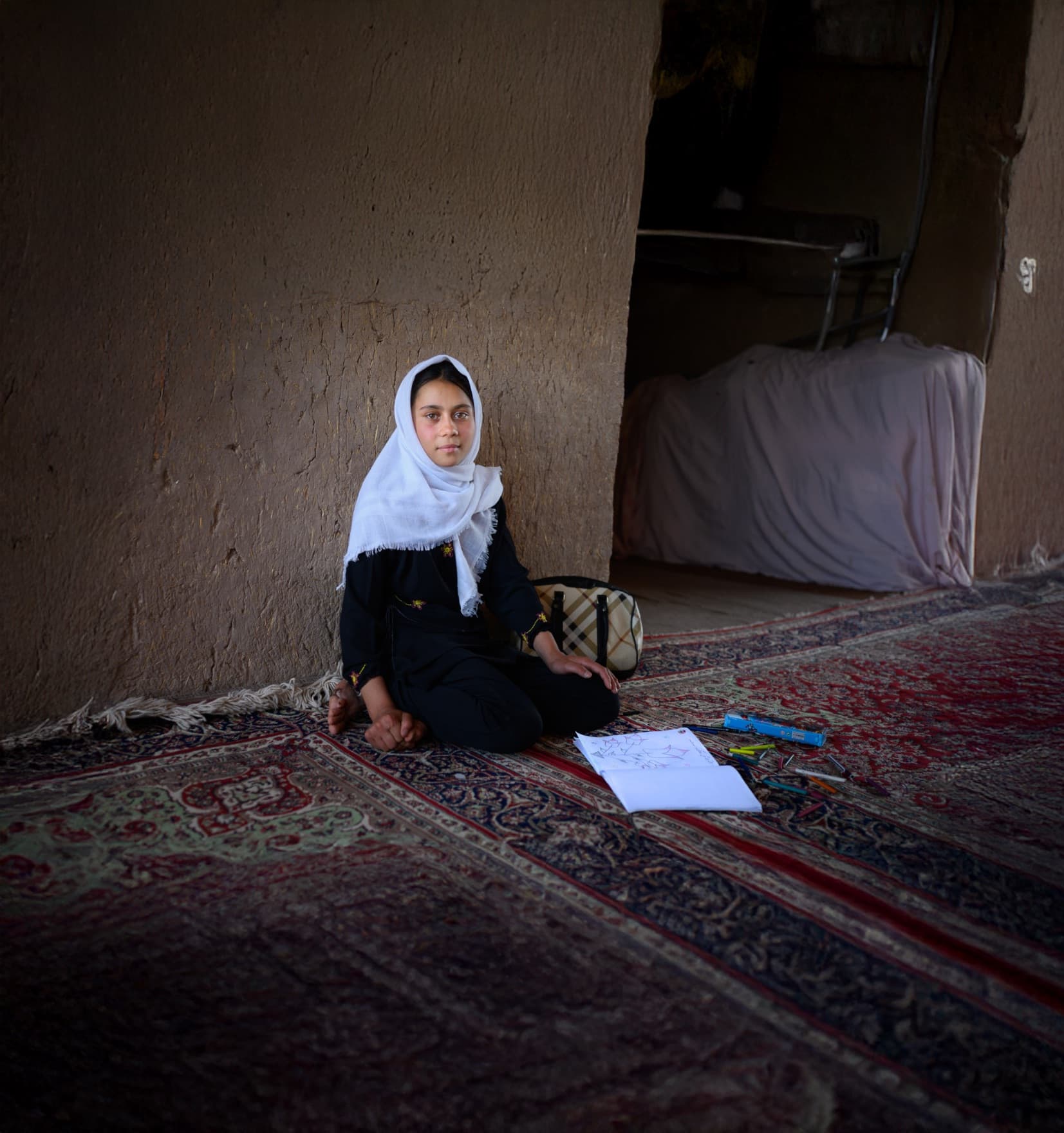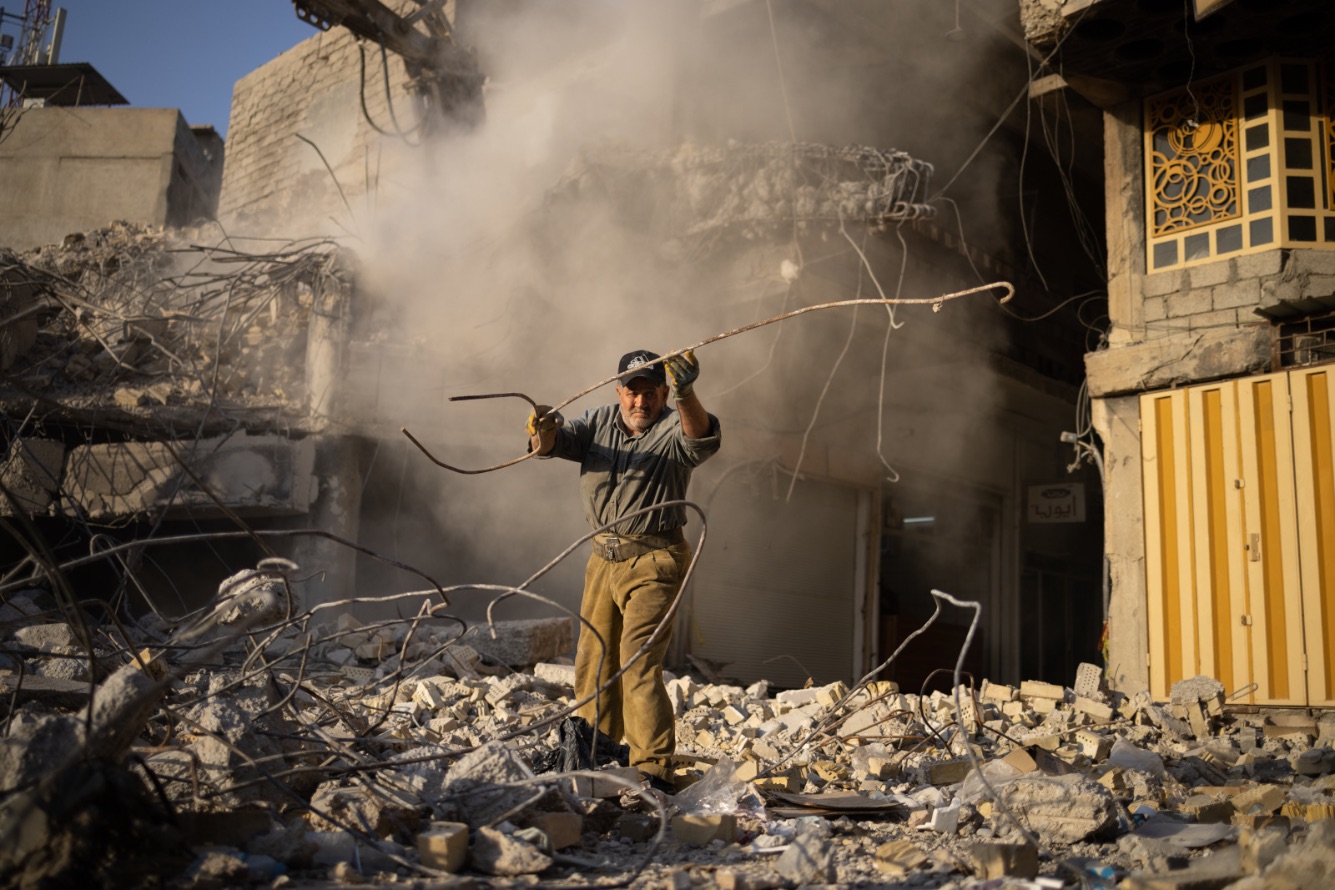THE ARMS BUDGET GOES UP AND UP, AND SO DOES THE NUMBER OF CIVILIAN CASUALTIES
In 2025, one feature of the international context is a worrying increase in military budgets. The European Union is preparing to adopt the biggest defence budget in its history, while the USA is intensifying its strategic alliances with a number of countries in the Middle East. As part of this trend, more and more countries are rearming massively, stepping up their offensive capacity without adequate guarantees of compliance with international humanitarian law.
There has recently been a surge in the use of antipersonnel mines and cluster munitions in conflicts – weapons that are banned by the Ottawa Treaty and the Oslo Convention – particularly in the conflicts in Syria and Ukraine. These weapons are the most devastating for civilian populations. Yet five European States belonging to NATO (Finland, Lithuania, Latvia, Estonia and Poland) have announced that they may withdraw from the Ottawa Treaty and resume the use of such weapons.
These weapons — missiles, shells, aerial bombs, rockets and mortars — are precisely the explosive weapons that are most commonly used in densely populated areas. Unless this growing militarisation is strictly regulated, their use in towns will cause large-scale humanitarian disasters: destruction of homes and infrastructure, displacement of populations, contamination with explosive remnants of war, and the collapse of health and education systems.
See more



 25%
25%
 60 000
60 000
 +30 %
+30 %
 80
80

